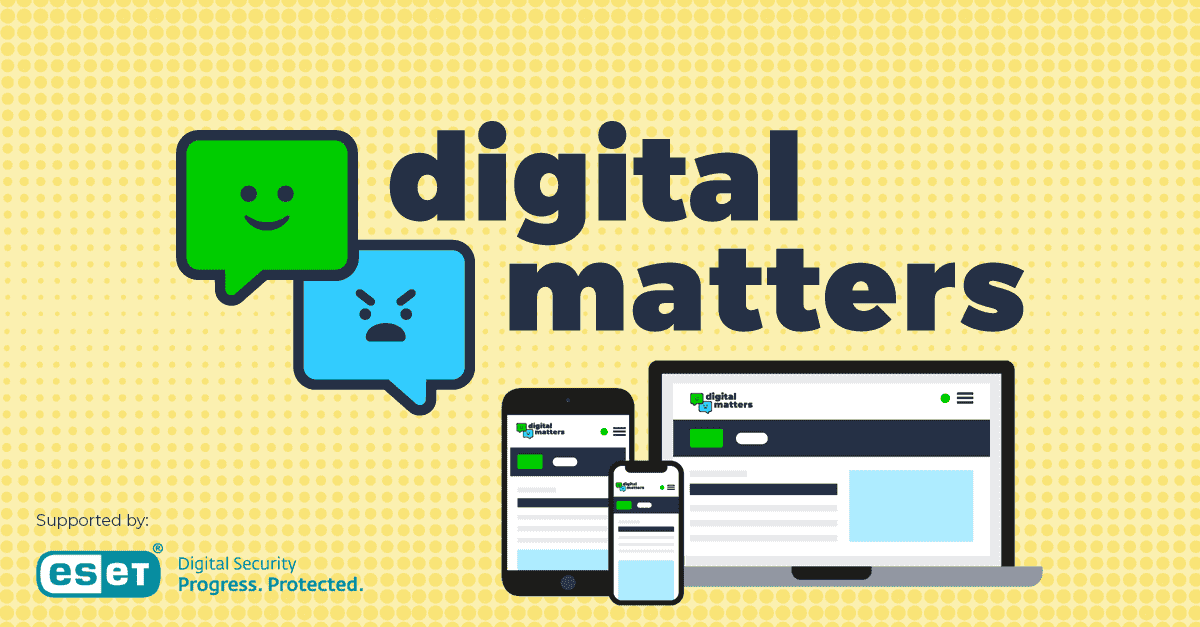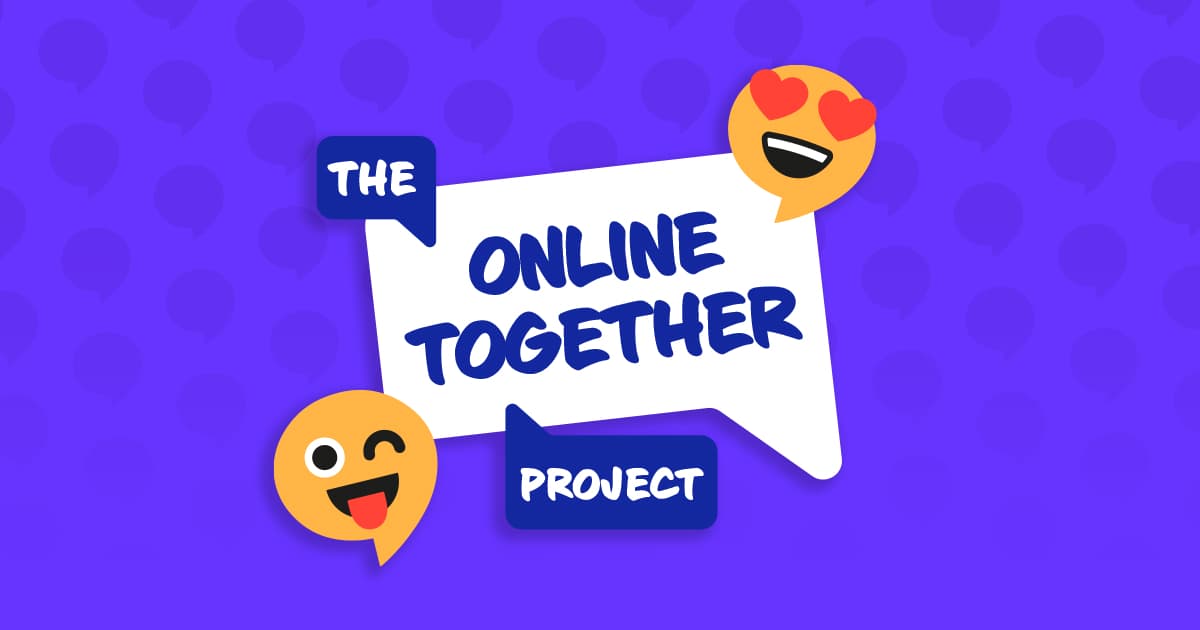What is cyberbullying? Learn about the issue to keep kids safe online
Voice over:
The internet and social media have changed the way children experience bullying
Now, Bullying can happen beyond the school gates,
Anywhere and anytime, in the form of cyberbullying - on social, gaming and instant messaging platforms
With the help of the Anti-bullying Alliance and industry experts, we've created a hub of advice for parents to support children on how to deal with the issue.
Here are five things you need to know about cyberbullying...One, Cyberbullying can take place 24/7 and happens repeatedly on a range of apps, games, and devices
Two, as its digital it can reach more people than traditional forms of bullying and increase the chance that others will join in the bullying.
Three, Unlike face to face bullying, children can't see the impact of their words so even children who've never been involved in bullying can post or share something without thinking.
Online safety advice for parents | 5 things you need to know about Cyberbullying
Four, although it's easy to keep the evidence, it can be anonymous so it’s harder to know who's behind it.
Five, according recent stats it's growing and can consist of a range of actions from harassment and threats to exclusion, defamation and manipulation.
So, it's important to take it seriously and give children the tools to deal with it
The best way to keep your child safe online is to take an active interest in their digital life from the start
Have regular conversations about what they do online to build trust and understanding of what they are experiencing.
Help them understand that their behaviour online should reflect what they do in the real world and how
Talk about the potential consequences of what they say and do online, along with the ‘stickiness’ of the web making it hard to remove things they share.
Last but not least, make them aware of privacy settings and reporting functions on the platforms they use to help them manage what they see, do and share online.
Putting all these tips into action will help make safer choices online but when things go wrong there are things you can do to help.
Whether your child is being cyberbullied is involved in the bullying, it's important to stay calm and offer your support.
Be led by your child on actions to take to address the situation
Encourage them to continue talking and be ready to listen and take action where necessary.
Don't take away their devices unless this is what they want, as it may make them feel isolated
Whether you are reporting to a school, the police or an online platform, be sure to find out how these organisations can help you and your child resolve the situation with advice in our hub.
Dealing with cyberbullying is challenging but with the right support a child can recover and continue to build the skills to make smarter choices online.
Here are three things to take remember to support a child on cyberbullying:
• One - Be involved and have regular conversations about their online activity
• Two - Give them the tools to be prepared to deal with things they may face online
• Three - Be aware of where and how to seek help to get the right level of support



